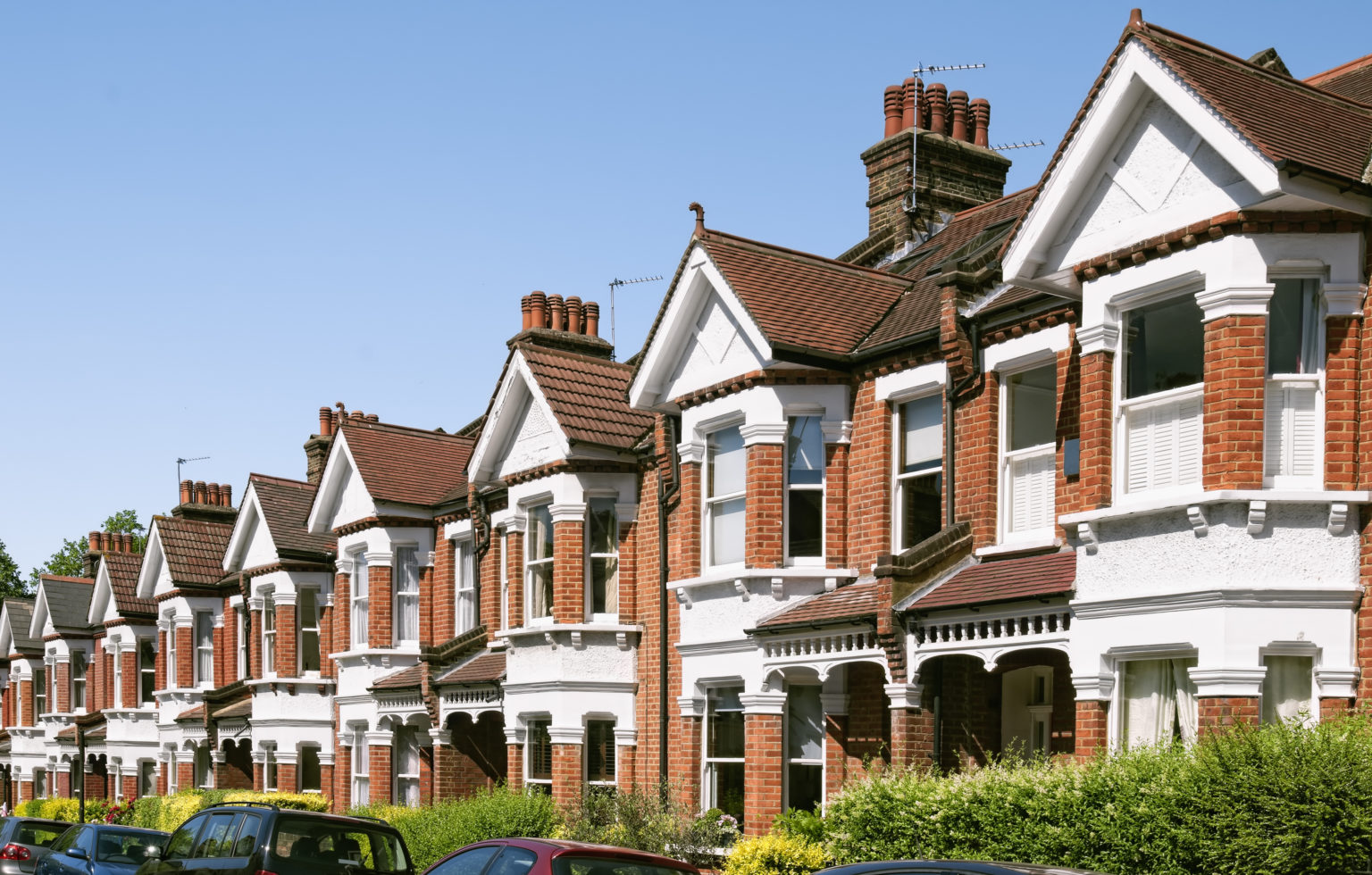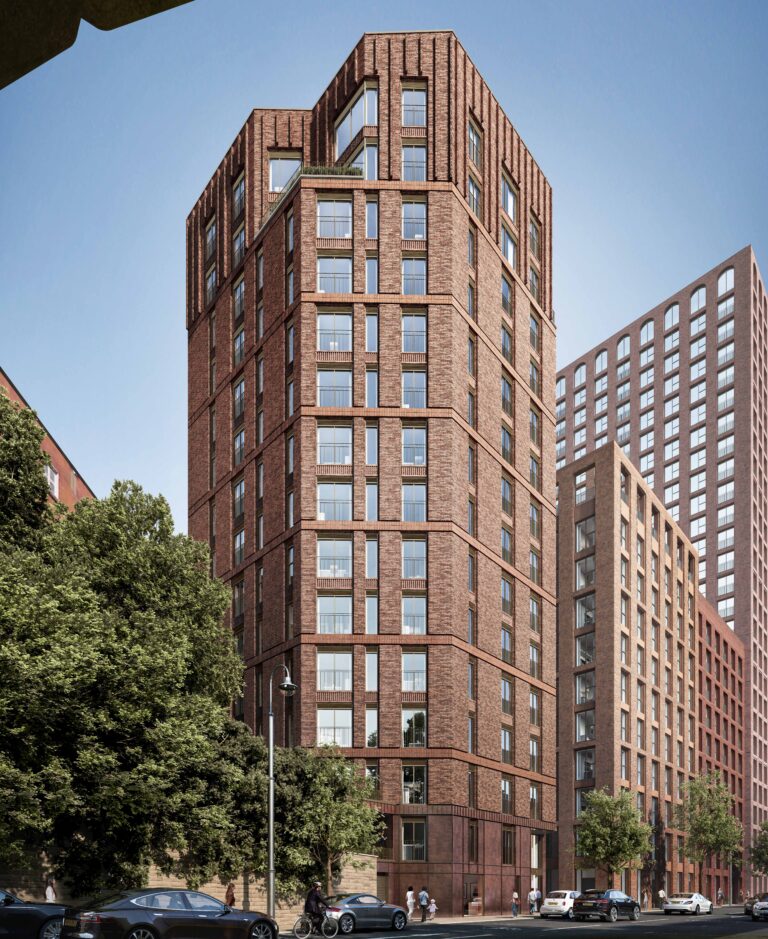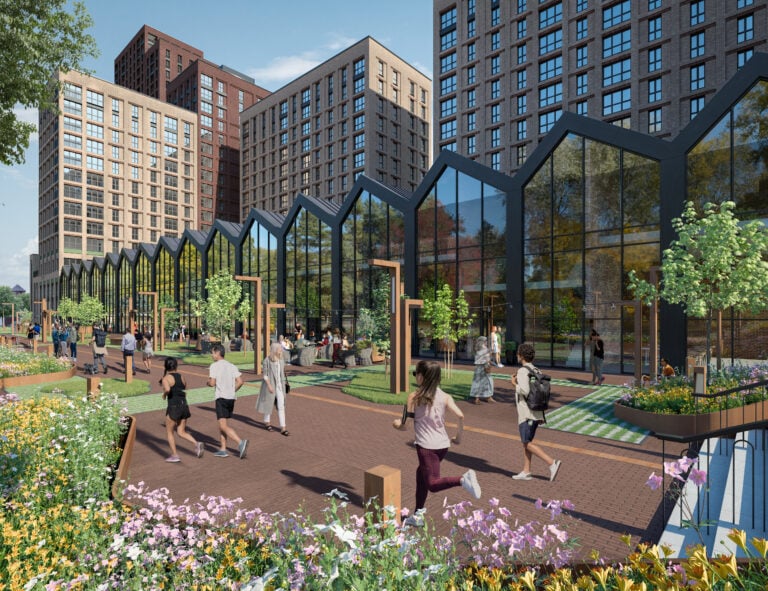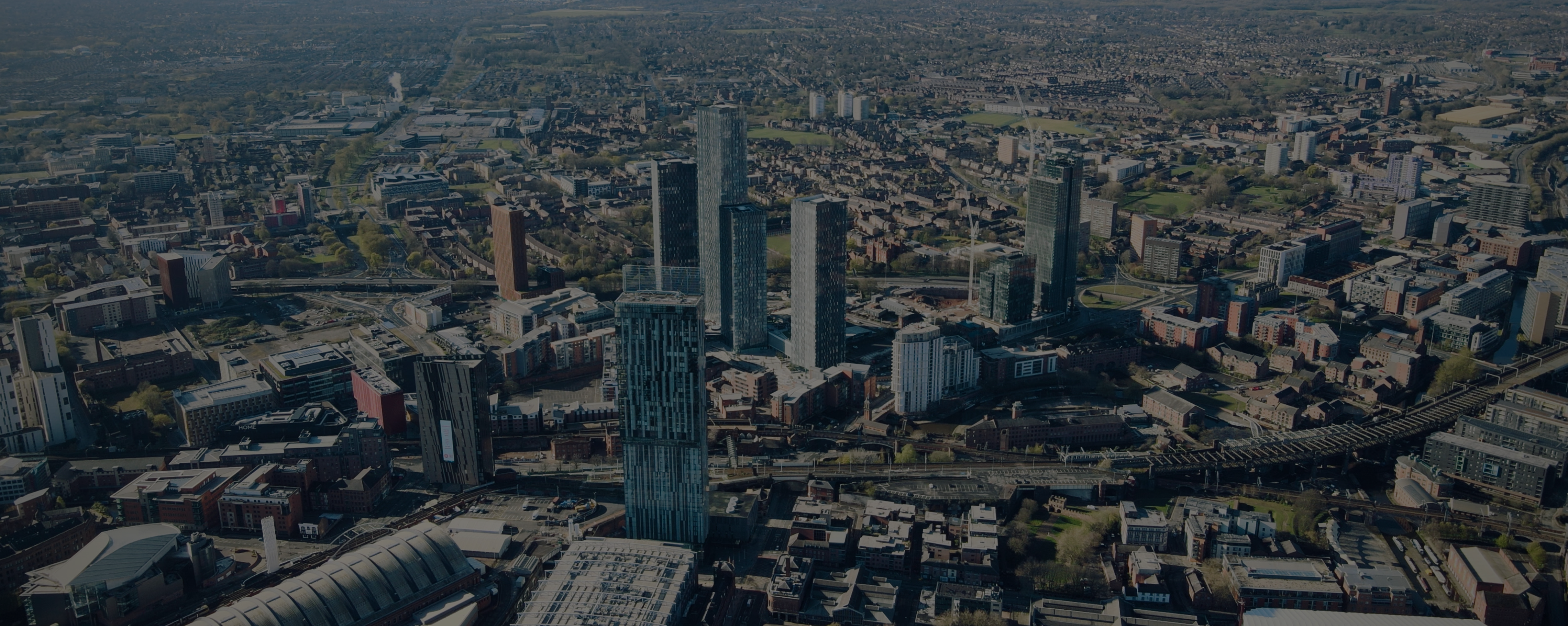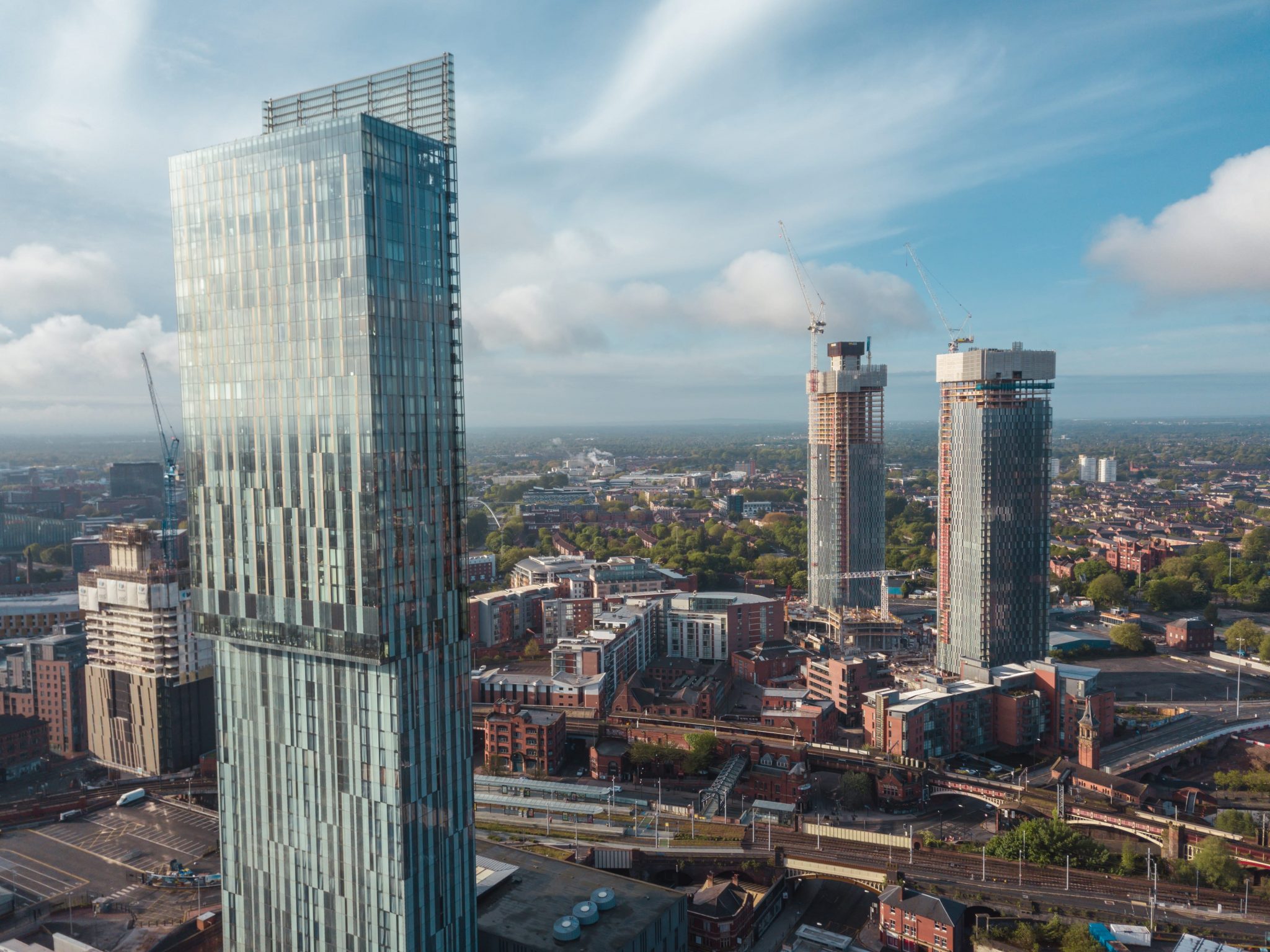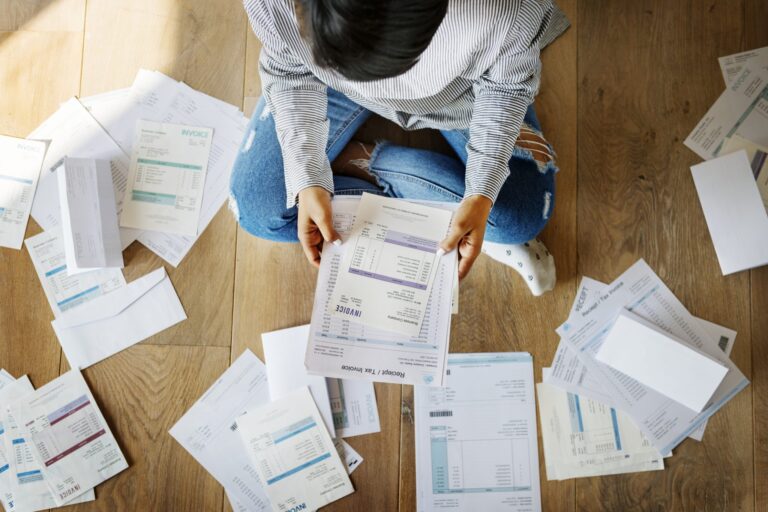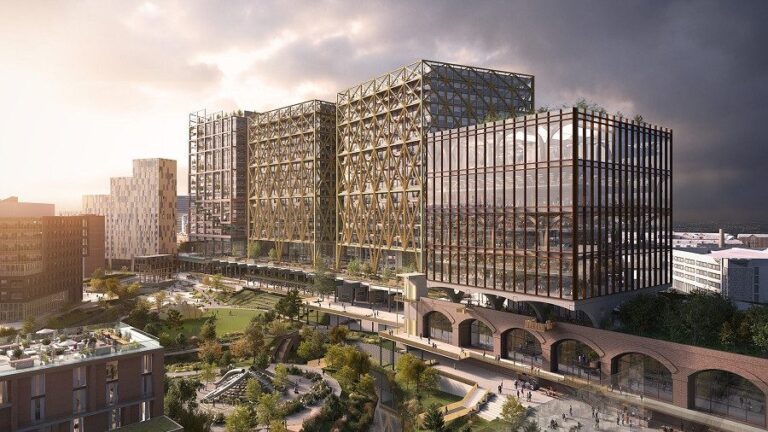The stamp duty change in April was expected to have a big impact on the housing market, but the figures show the sector’s underlying resilience has kept it steady.
The latest figures have revealed that the property market has hardly faltered since the stamp duty thresholds were reverted back to their previous levels at the start of April, pulling more buyers into the tax bracket.
In the months leading up to the change, the market accelerated – as had been predicted – as buyers, sellers and lenders worked hard to finalise transactions before the end of March.
However, since then, the housing market has demonstrated its trademark level of resilience, with a range of factors from better mortgage deals and more approvals to strong buyer appetite holding the sector up.
According to the latest Housing Insight Report from Propertymark, while the average number of prospective buyers registered at member branches dipped slightly to 87 in April, this was largely in line with the longer-term trend and similar to last year’s number.
Similarly, the number of viewings per available property also fell slightly from March’s high point to April, with an average of 2.3 viewings for each home – but this was only slightly below the longer-term trend.
Supply and demand in the balance
There has been some improvement in recent months in the supply of homes for sale, which has eased pressure on buyers and taken the foot off the accelerator for house price rises, creating a more steady pace for the market.
Propertymark’s report demonstrates this stability, with the stamp duty change having little impact on the number of new properties being listed for sale – an average of 13.6 per member branch in April 2025 which was almost the same as March – as well as existing stock for sale which remained the same at 42 per member branch.
Further to this, the number of market appraisals, which offers an insight into future housing supply, has increased slightly, with 27 per branch in April compared with 24 on average in March.
Stamp duty only part of the picture
According to Nathan Emerson, Propertymark CEO, it was “inevitable” that the housing market would slow down once the stamp duty rush was over after the start of April.
“However, other factors such as improved mortgage deals from lenders, an ongoing steady stream in the number of mortgage approvals and borrowing, as well as continued appetite and confidence from home movers, are all hugely positive signs that the housing market remains resilient among economic uncertainty,” he said.
These thoughts were echoed by Amanda Bryden, head of mortgages at Halifax, when last month’s Halifax House Price Index revealed that UK property prices had increased by 3.2% year-on-year in April, which is the fastest annual growth rate so far this year, and brings the average UK property value to £297,781.
She said: ‘”We know the stamp duty changes prompted a surge in transactions in the early part of this year, as buyers rushed to beat the tax rise deadline.
“However, this didn’t lead to a significant increase in property prices, with the last six months characterised by a stability in prices rarely seen since the pandemic.
“While the market has cooled slightly since this rush, buyer activity remains strong in comparison to recent years.”
Interest rates are another factor that can influence the housing market, and last week’s announcement from the Bank of England that the base rate would be held once more at 4.25% may have troubled some buyers who were waiting for a fall before moving ahead with plans.
How has stamp duty changed?
On 1st April, the nil-rate threshold was lowered to £125,000, with rates and thresholds being reverted back to where they were in September 2021, before a temporary change was brought in.
This means that all homes priced between £125,000 and £250,000 that would have been exempt from stamp duty before 1st April are now subject to a 2% tax (with an additional 5% if the property is a second home or an investment property).
